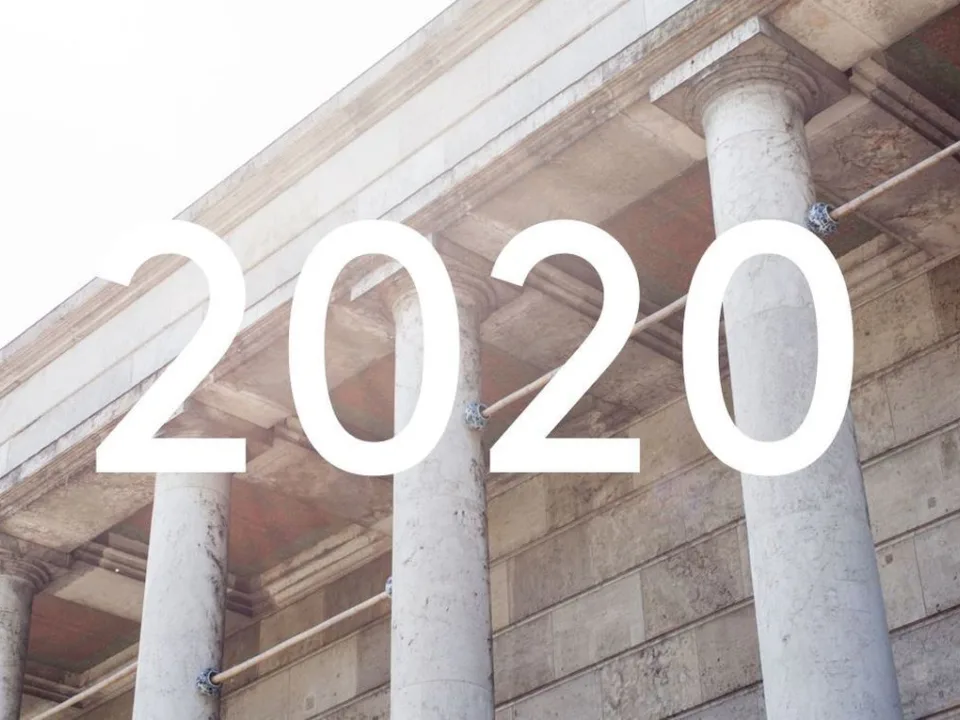Get an overview of all exhibitions from January to July 2020 at Haus der Kunst.
Capsule 11: Sung Tieu. Zugzwang 31.01 — 28.06.20
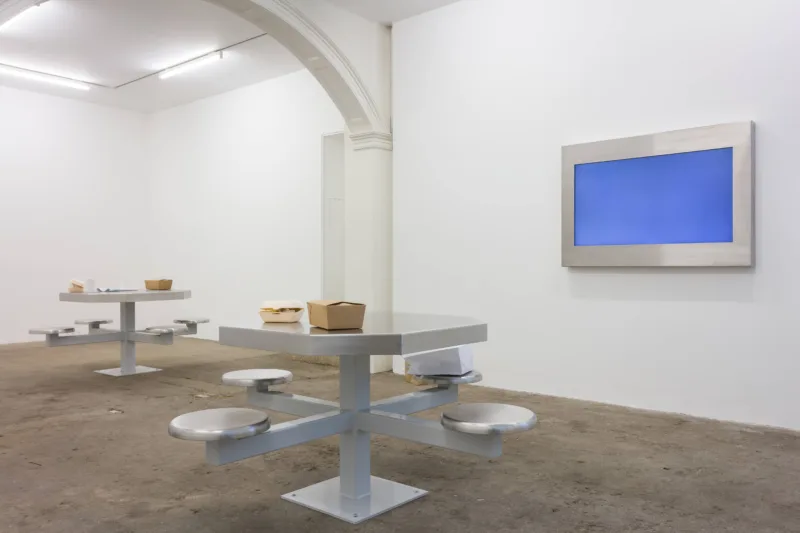
The German/Vietnamese artist Sung Tieu (b. 1987 in Hai Duong, Vietnam) has created an installation comprising a series of shelving and table units, sounds, documents, sculptures and objets trouvés. The result is a space of instability which highlights how the governmental industrial complex has perverted the notion of “form follows function” into a complete suppression of civil disobedience in the presence of the bureaucratic apparatus.
Capsule 12: Monira Al Qadiri. Holy Quarter 31.01 — 28.06.20
![Rub al Khali Released 20/05/2016 10:00 am Copyright Contains modified Copernicus Sentinel data [2016], processed by ESA, CC BY-SA 3.0 IGO Photo: ESA](https://www.hausderkunst.de/uploads/fragments/images/Import/_artPracticeFullWidthImage/8676/Header_MoriaAlQadiriRub_al_Khali_Photo_ESA_2023-06-20-154006_diaq.webp)
Within the visual arts, Monira Al Qadiri’s work assumes the role of a seismograph for a world that has been globalised by force. Al Qadiri (b. 1983 in Dakar, Senegal) has produced a new virtuoso film, “Holy Quarter”, shot in the world’s largest desert region, the ‘Empty Quarter’ between Saudi Arabia, Oman and Yemen. For the first time centring on myth-enshrouded places such as the Majlis al Jinn cave, also known as the ‘Meeting Place of the Spirits,’ she confronts viewers with a spatiotemporal delirium. The desert as one of the oldest and most unspoiled habitats serves as a place to search for traces of the meaning of existence.
Brainwashed - Sammlung Goetz in Haus der Kunst 31.01 — 28.06.20
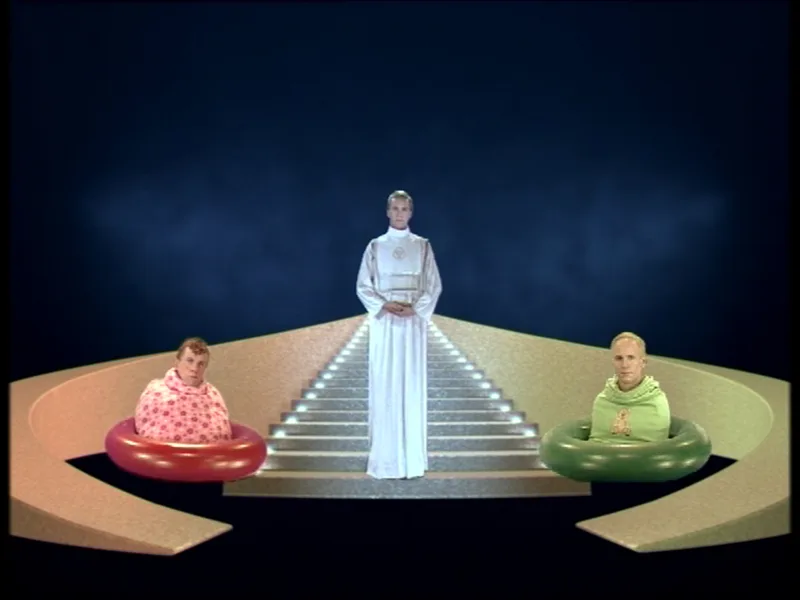
“Brainwashed” is dedicated to the pop cultural phenomenon of the mainstream, which reached its climax in the early 2000s. Characteristic of this mainstream were media formats such as reality TV, Hollywood film productions with the claim of being global events, an advertising industry dominated by self-improvement and an internationally driven star cult with countless music videos.
The exhibition explores the question as to which manipulative strategies in pluralistic societies were able to create a media consonance, a tone-setting taste in culture, including the propagation of political convictions. The artists brought together here critically expose commercial visual languages and their contradictory promises, stereotypes and clichés.
With works by Assume Vivid Astro Focus, A K Dolven, Cheryl Donegan, Ryan Gander, Jonathan Horowitz, Bjørn Melhus, Tracey Moffatt & Gary Hillberg, Shana Moulton, Seth Price, Paul Pfeiffer, Pipilotti Rist, Wolfgang Tillmanns und Ryan Trecartin.
Franz Erhard Walther. Shifting Perspectives 06.03 — 02.08.20
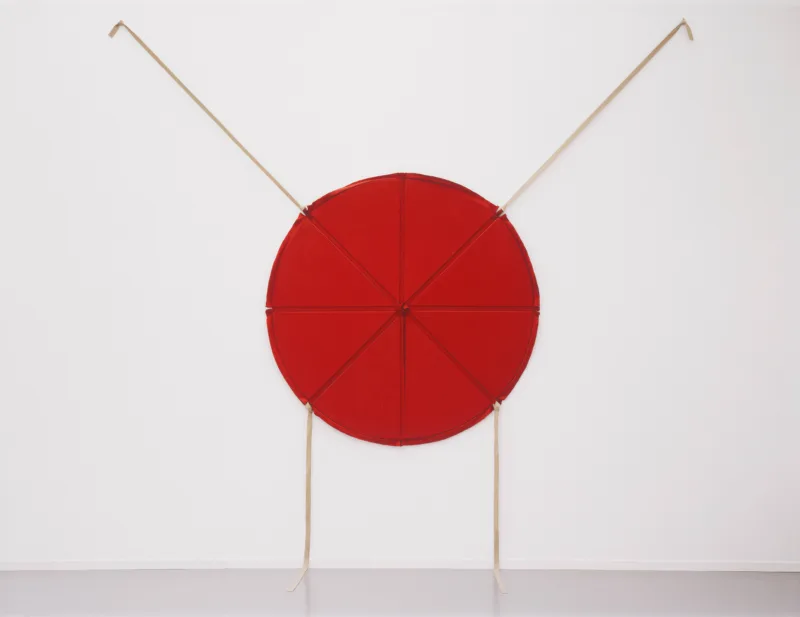
Franz Erhard Walther (b. 1939 in Fulda) was a key figure in the conceptual departure from the image in the postwar European avant-garde, and a pioneer of an open concept of the work. Through the inclusion of the audience as an actor as well as the use of elements like place, time, space, body, and language, Walther aimed at a radical expansion of artistic means revising the narrative strategies of modernism. The visionary significance of his artistic praxis is only becoming clear to the general public, as demonstrated by the awarding of the Golden Lion to him at the Venice Biennale in 2017.
The artist’s early work has always been characterized by an emphasis on experimentation. Walther questioned materiality with processes involving coffee, vegetable oil or soy sauce on paper as an image carrier. The first word images, such as museum, I am outside, COLLECTION or NEW YORK during his training as a typographer formulate an ingenious critique of the art system. With the “First Work Set”, the concept of participation reached at the historical group exhibition “Spaces” at MoMA in 1969/70 its first climax. Walther puts man and human dimensions at the center of his work, interacting with the environment, architecture and history. The retrospective shows more than 250 works from his central creative periods and most important bodies of work.
Liberté. Egalité. Beyoncé 19.06 — 04.10.20
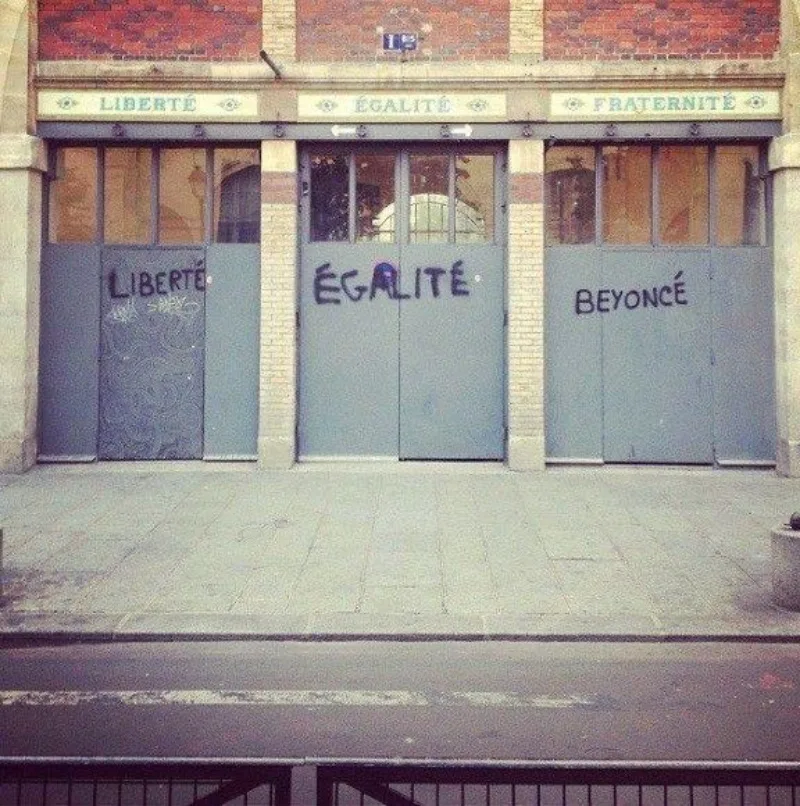
In 2014, a photograph taken in Paris went viral on the internet - the image showed a building bearing the three keywords of the French Revolution: freedom, equality and fraternity. Within the niches of this architecture however, someone had also sprayed the words: Liberté, Égalité, Beyoncé. The anonymity of the authorship of this gesture was coupled with the speed with which the images of the action spread around the world. All those who shared the image appeared to position the singer not only as a symbol of resistance, but also to declare the close affinity between democracy and pop culture.
To achieve for freedom of expression and equality of rights remains to be a challenge throughout the world. But how to do this through movement, humour and joy? The younger generation of artists gathered here share the opinion that the human body has the ability to articulate its political character with the potency of irreverence. Dance, joy, celebration, humour and pleasure are essential for these artists and are present as strategies of resistance in the face of violent attempts to control their bodies.
Michael Armitage 24.07.20 — 03.01.21

The British-Kenyan painter Michael Armitage (b. 1984 in Nairobi, Kenya) has swiftly become one of the most exciting young voices of contemporary art. His paintings possess an attractive and almost uncanny familiarity for eyes trained in European art history. In their compositional elements, motifs and color combinations, viewers recognize the language of Titian, Francisco de Goya, Édouard Manet, Paul Gauguin, Vincent Van Gogh and Egon Schiele. Equally important, however, is the influence of East African artists such as Meek Gichugu, Sane Wadu, Edward Tingatinga and Jak Katarikawe. Animals, especially monkeys, play a special role in his paintings, becoming symbols of human qualities.
In a complex work process that takes place in both Nairobi and London – drawings and preliminary studies are created in Nairobi, which are later developed into complex compositions in his London studio –, Michael Armitage creates syncretic, powerful images that grant space to all aspects of the human condition: violence, sexuality, love, spirituality and dream states.
Cyrill Lachauer. I am not sea, I am not land - Sammlung Goetz im Haus der Kunst 24.07.20 — 10.01.21
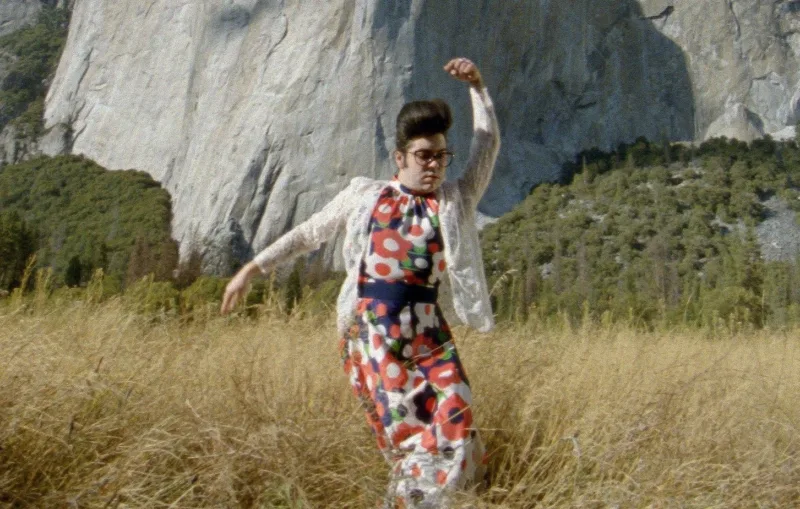
Cyrill Lachauer (b. 1979 in Rosenheim, lives and works in Berlin and Los Angeles) develops his extensive projects on long journeys, and delves deeply into the local cultures of the places he visits. For the exhibition, Lachauer has created a new multi-part installation, which includes films, videos, photographs and texts. The artist deals with the idea of land in various forms. Land can signify home and provide roots, or refer to a nourishing piece of earth. It can also, however, lead to inclusion or exclusion when it represents the idea of nationhood. Land can be owned or lived with. It can be taken away, destroyed, and made inaccessible to others.
In “I am not sea, I am not land,” we encounter a US American who has fled to Berlin to escape a long prison sentence, three diamond seekers in South Africa, a gay park worker in Yosemite National Park and people performing demonic Twelfth Night rituals in the alpine region. Lachauer does not assume the role of the distanced observer hidden behind the camera, but rather questions his own position by exploring socio-political issues concerning gender, identity, social class and nationhood.
